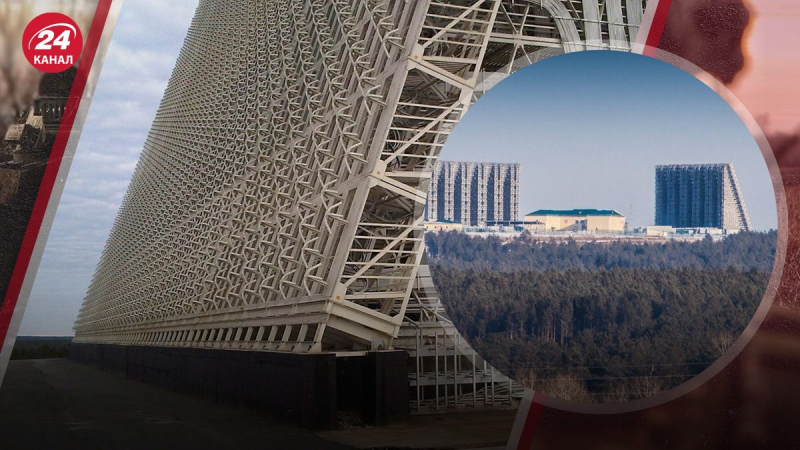The GUR MO UAV hit the Voronezh-M long-range target detection radar in Orsk, Russia. So, in a few days, Ukrainian drones hit the second such station. This is 24 Channel political strategist Boris Tizengauzen commented, noting that this system is used to detect launches of ballistic missiles, in particular those with nuclear heads. For example, it can monitor the startup of ATACMS. By the way, it first arrived via a similar radar in the Krasnodar region of Russia. “This station “sees” about 6 thousand kilometers. Several are located, each in its own segment. This This is already the second over-the-horizon station that has been hit,” said Tizenhausen. Former head of Roscosmos Dmitry Rogozin said that this was supposedly “a blow to the nuclear triad.”< /p> Such a system is a very important object. Strikes against it are needed in order to “blind” Russia. Everything so that she “doesn’t see” when and what planes are being delivered and what missiles are being launched. Preparations continue. This is very good news, but for Russians it is alarming,” said the political strategist. The Ukrainian UAV flew 1,800 kilometers. This is a record. Boris Tizenhausen suggests that this distance was probably covered by a converted light aircraft, which was loaded with explosives. To cover 1,800 kilometers, you need a lot of fuel. Probably, the Russians thought that in Ukraine there were no means that could fly so far. If we look at the oil and gas industry, they are not afraid, sitting there and thinking: “But nothing will come here,” the political strategist emphasized. 
It will fly everywhere
Attack on Russian radar station in Orsk
Already the second Voronezh system: what is known about the defeat of the radar in Orsk
67

